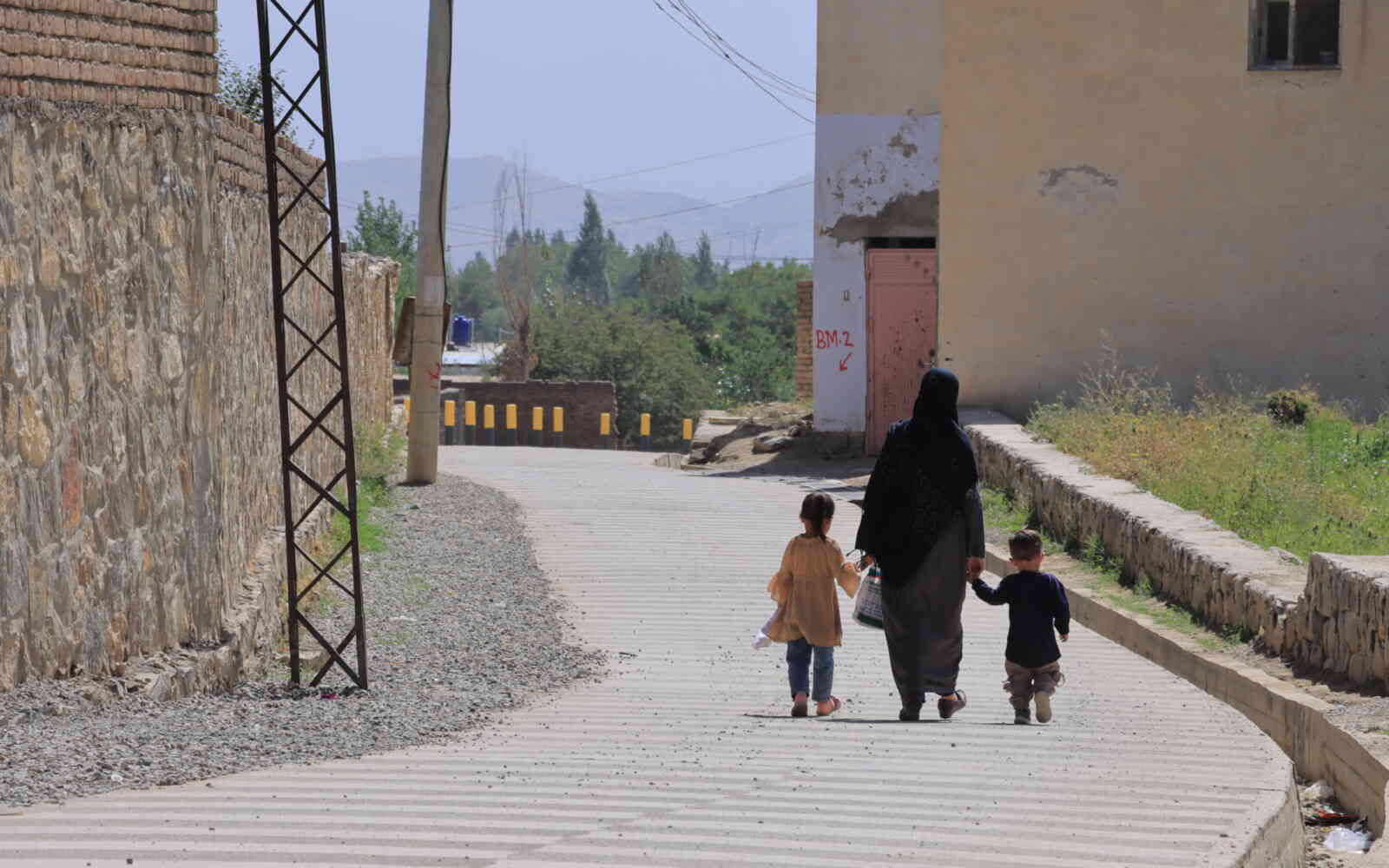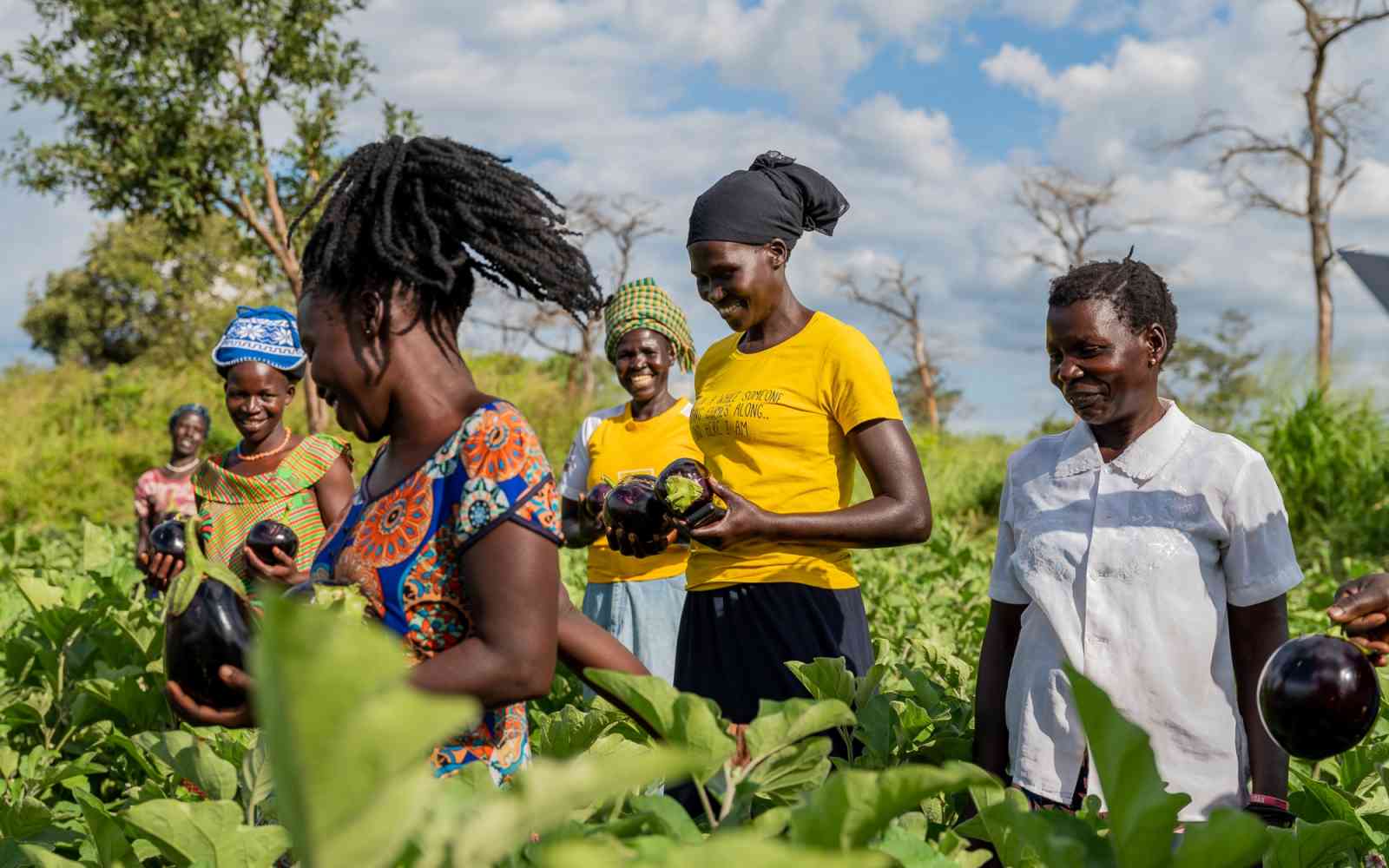The United Nations Office for Project Services (UNOPS)
Free online tool to advance sustainability in development projects
‘sustainABLE’ will provide project partners, developers and others working in the development sector with practical actions that will help achieve the Sustainable Development Goals (SDGs).
A pioneering tool for the global development sector was launched at a UNOPS-hosted side event of the 63rd Commission on the Status of Women (CSW63) in New York this week. The tool aims to advance the SDGs by promoting practical measures that encourage project sustainability across a broad range of sectors.
sustainABLE is a free online platform modelled on research jointly published by UNOPS and the University of Oxford-led Infrastructure Transitions Research Consortium. The extensive research explored the critical role of infrastructure in achieving the SDGs.
Through this tool we want to enable a better understanding of the actions that can be taken in the planning, design and implementation phases of development projects to achieve long-term positive impacts.”
The tool includes a comprehensive list of infrastructure sectors and sub-sectors to choose from – including energy, education, transportation and water – with recommended actions supported by case studies of real-life projects implemented by UNOPS and its partners around the world.
sustainABLE will initially focus on gender equality and women's empowerment within infrastructure projects. Users will be able to identify actions that can be taken to achieve the targets within SDG 5 – including equal rights, opportunities and access to essential services – as well other SDG targets that include gender equality components.
“Placing gender equality considerations at the front and centre of development projects is crucial to achieving the SDGs, and is a top priority for UNOPS – which is why we have made it a key focus of sustainABLE at this initial phase,” said Mr O’Regan.











